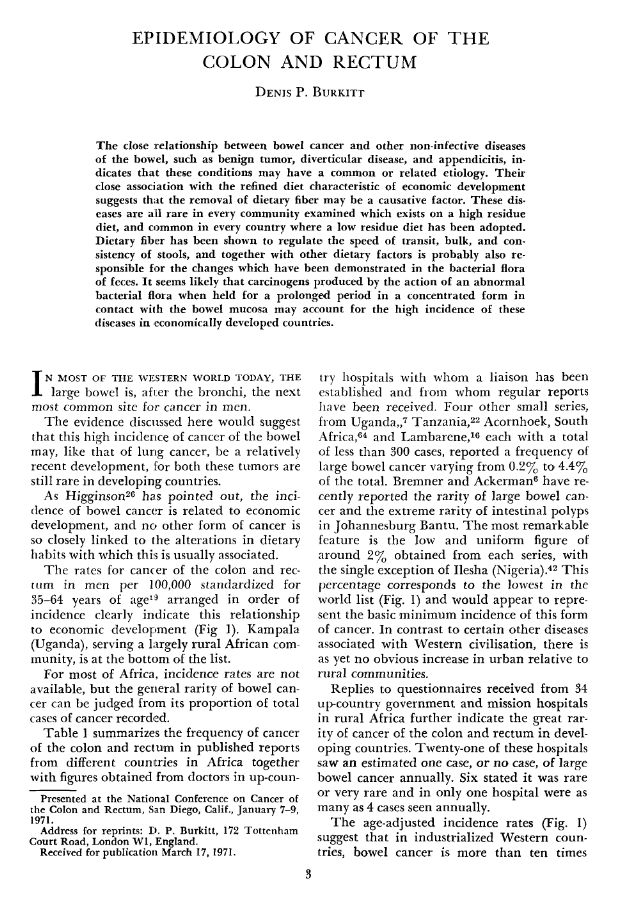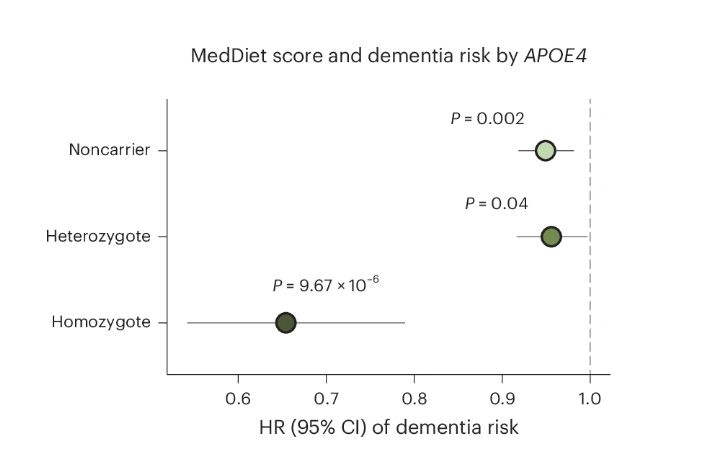Elena Shekhova, PhD
@lumipie.com
2.7K followers
1.5K following
350 posts
Exploring & visualizing data on nutrition, health, and eating habits: lumipie.com
Interests: 🧬 Biology 📊 Data Viz 📢 SciComm 💻 Coding
Prev: University of Copenhagen, MRC for Medical Mycology, Leibniz:HKI
Curator of the scientific #Nutrition feed
📍🇩🇰
Posts
Media
Videos
Starter Packs
Pinned
Elena Shekhova, PhD
@lumipie.com
· Sep 5
Elena Shekhova, PhD
@lumipie.com
· Sep 3
Elena Shekhova, PhD
@lumipie.com
· Sep 2












